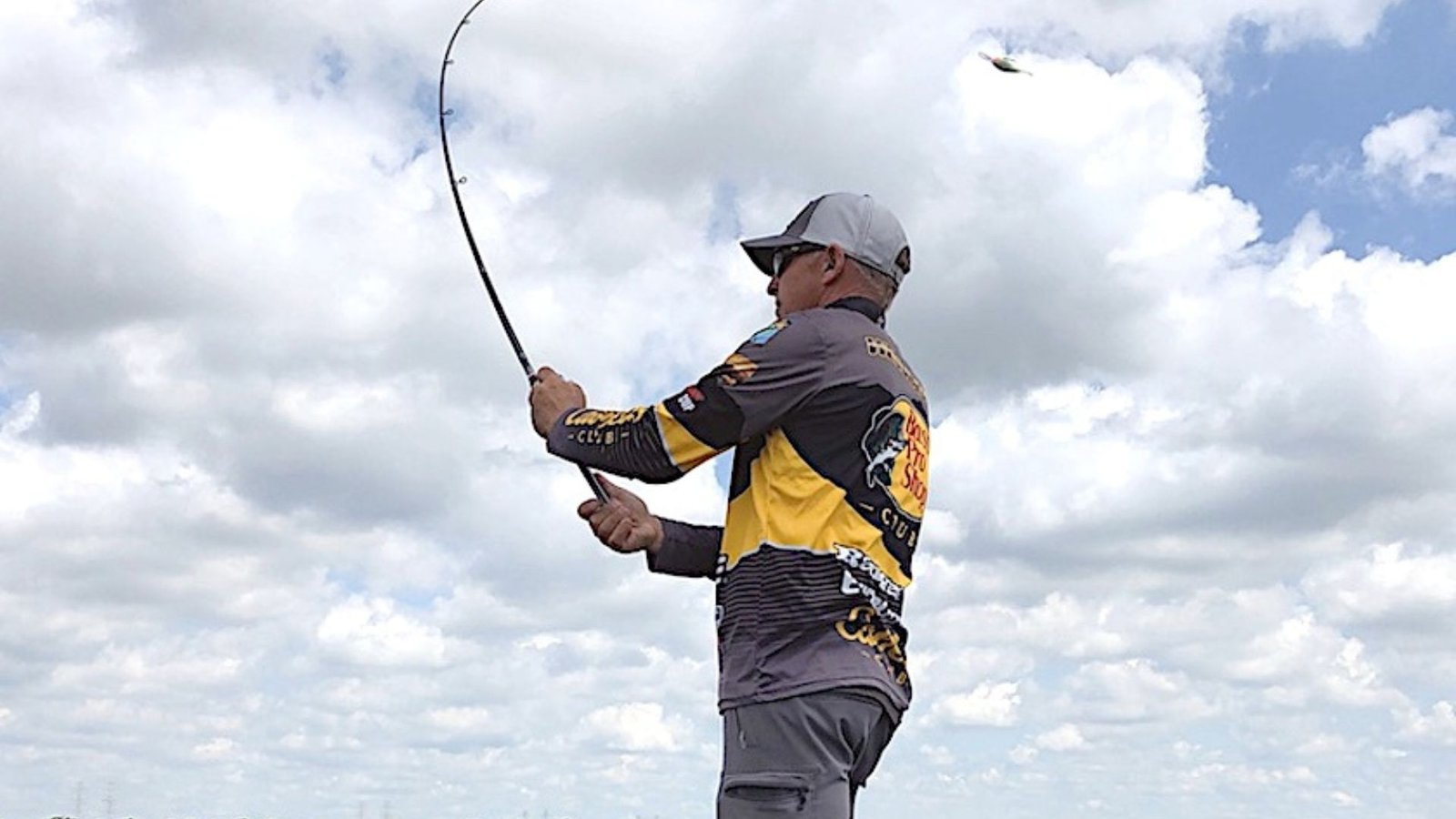Creating custom salmon flies is an art that combines creativity, skill, and knowledge of fly fishing. By making your flies, you can tailor them to specific fishing conditions and preferences, increasing your chances of a successful catch. This guide will walk you through the process of creating custom salmon flies step-by-step.

Step-by-Step Guide to Creating Custom Salmon Flies
Materials Needed
Before you start, gather the following materials:
- Hooks: Choose salmon fly hooks in various sizes.
- Thread: Strong, thin thread for tying materials to the hook.
- Feathers: Different types of wings and tails.
- Fur and Hair: For bodies and tails.
- Synthetic Materials: Flash, chenille, and other synthetics.
- Beads and Eyes: For adding weight and realism.
- Vise: To hold the hook securely.
- Bobbin Holder: To manage your thread.
- Scissors: For precise cutting.
- Hackle Pliers: To wrap feathers around the hook.
- Whip Finisher: To secure the final knot.
- Head Cement: To seal and protect the thread wraps.
Step 1: Secure the Hook
Start by placing the hook in the vise. Make sure it’s held firmly but not so tight that it bends or breaks.
Step 2: Start the Thread
Attach the thread to the hook shank near the eye by wrapping it several times to secure it. Trim any excess thread.
Step 3: Add the Tail
Select a bunch of feathers or hair for the tail. Measure them so they are about the length of the hook shank. Tie them in at the rear of the hook with tight thread wraps.
Step 4: Build the Body
For the body, you can use various materials like chenille, dubbing, or wrapped thread. Secure one end of the material at the tail base and wrap it forward towards the eye of the hook, creating a smooth, even body. Tie off the material with the thread and trim any excess.
Step 5: Attach the Wing
Select feathers or synthetic materials for the wing. Measure them to extend just past the end of the tail. Tie them in at the same spot where the body material ends, securing them with several tight wraps.
Step 6: Add Flash and Accents
If desired, add strands of flash or other accent materials. Tie them in along the sides of the wing to create additional attraction in the water.
Step 7: Create the Head
Finish the fly by building up a small head with thread wraps just behind the hook eye. Make sure all materials are secured and neatly tied down.
Step 8: Whip Finish
Use the whip finisher tool to create a secure knot at the head of the fly. Make several turns and pull the thread tight. Trim the thread close to the head.
Step 9: Apply Head Cement
Apply a drop of head cement to the thread wraps at the head to ensure they don’t come undone. Let it dry completely.
Tips for Success
- Practice Makes Perfect: Don’t be discouraged if your first few flies don’t look perfect. Keep practicing and your skills will improve.
- Study Insects: Observe the natural prey of salmon to create more realistic and effective flies.
- Experiment: Try different materials and colors to see what works best in various fishing conditions.
- Quality Materials: Invest in high-quality materials. They make a big difference in the durability and effectiveness of your flies.
- Keep it Simple: Start with basic patterns and gradually work your way up to more complex designs.
Conclusion
Creating custom salmon flies is a rewarding and practical hobby for any angler. By following this step-by-step guide, you can craft flies tailored to your fishing needs and preferences, increasing your chances of a successful catch. With practice and experimentation, you’ll develop your unique patterns and techniques, making your fly fishing experience even more enjoyable.



